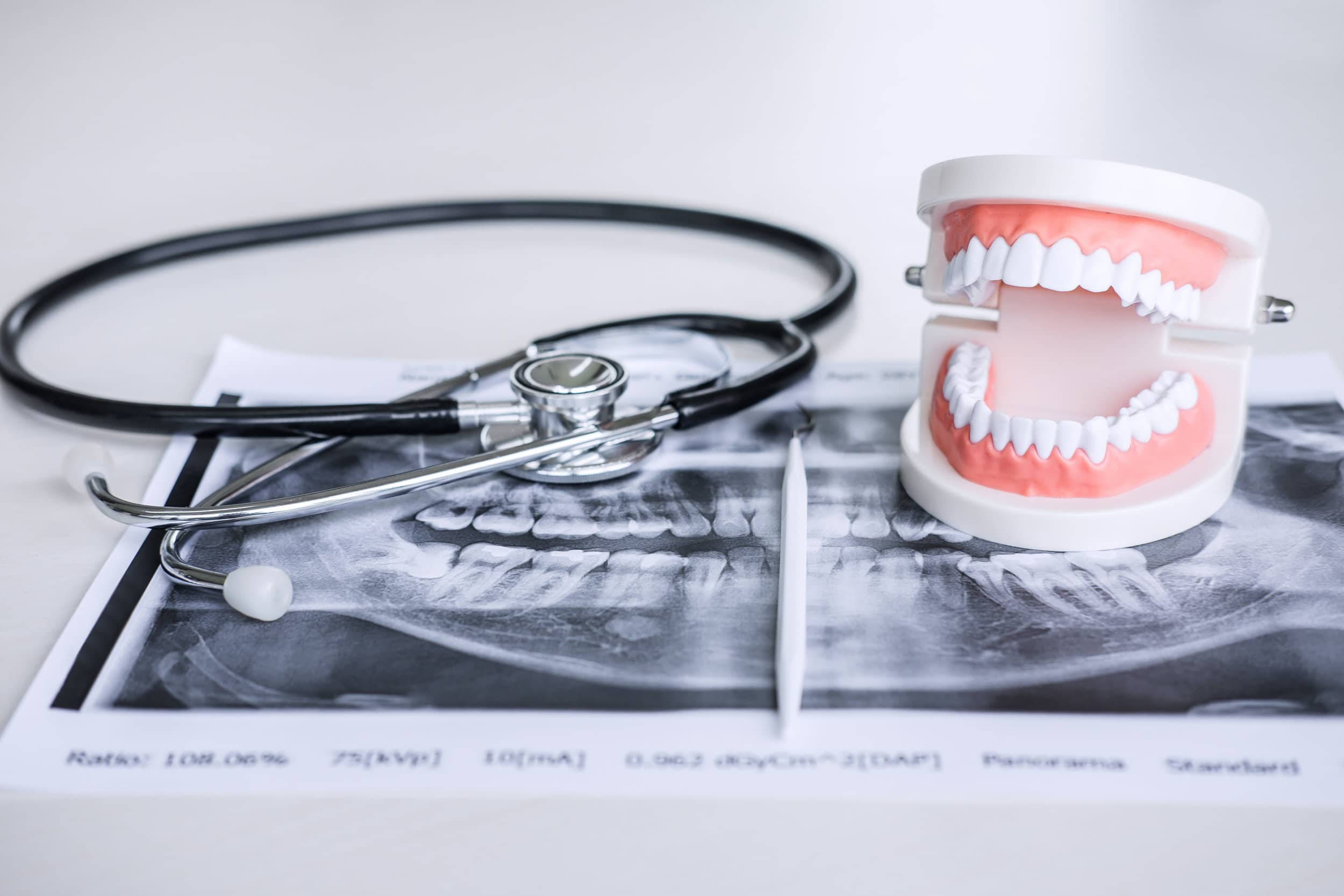Every industry has its own set of terminology, and unless you know what the terms are and what they mean, it can feel a bit like you’re trying to decipher code. Dentistry is no different— it’s full of terms and acronyms, and sometimes, old terms are revised for clarity, while new terms are introduced. You’ve likely heard your hygienist or dentist use a variety of these terms during your regularly scheduled visits, and might have wondered what they mean. Some terms may even sound a bit alarming, particularly to those who have dental anxiety. Understanding a few of the basics not only expands your vocabulary, but can also help put your mind at ease if dental visits make you anxious.
We’ve put together a list of some of the most commonly used dental terms and broken them down, so you don’t have to scratch your head in wonder (or fear!) the next time you come in for an appointment.
- Abscess: A short-term or chronic, localized inflammation either at the root of a tooth, or between the tooth and gum that often contains a collection of pus, and can be associated with tissue destruction
- Bridge: A dental restoration fixed inside the mouth to bridge the gap created by one or more missing teeth.
- Calculus: Hardened dental plaque that adheres to crowns and/or roots of teeth, and is formed if plaque is not removed by regular brushing and flossing.
- Cementum: The hard connective tissue covering the outer surface of a tooth’s root.
- Crown: An artificial replacement that covers an existing tooth to restore it to its normal shape, size, and functionality, strengthening and improving the appearance of the tooth. They can be made of metal, ceramic, polymer, or a combination of such materials.
- DDS/DMD: Doctor of Dental Surgery/Doctor of Medicine in Dentistry or Doctor of Dental Medicine; dentists who have either a DDS or DMD degree have received the same education, but it is up to the individual universities they attended to determine what degree is awarded, even though both degrees use the same curriculum requirements.
- Dentin: The part of the tooth that is beneath the enamel and cementum.
- Dry socket: Localized inflammation of the tooth socket after an extraction; if the blood clot that normally forms after a tooth removal is dislodged or dissolved before the open wound heals, the underlying bone and nerves become exposed, leading to pain and possible infection. If a dry socket occurs, your dentist will gently and thoroughly clean the wound and place an analgesic medicated (pain-relieving) dressing into the socket, and may recommend over-the-counter pain medication to treat pain and decrease swelling.
- Enamel: The hardest and most mineralized substance in the body, the enamel is the most visible part of the tooth. It forms a strong barrier to protect the inner layers of your teeth, including the dentin and pulp
- Gingivitis: Inflammation of the soft tissue that surrounds your teeth, without loss of connective tissue; gingivitis is the mildest form of gum disease
- Impaction: A condition where the tooth is not able to come in normally, or is stuck underneath bone or another tooth.
- Mouthguard: An individually molded device designed primarily to be worn for the purpose of helping to prevent injury to the teeth and surrounding tissue.
- Periodontal: Relating to or affecting the tissue surrounding and supporting the teeth
- Plaque: A soft, sticky substance that accumulates on teeth and is largely composed of bacteria. Plaque begins to form on teeth between four and twelve hours after brushing, which is why it is important to brush and floss twice a day to prevent normal plaque from mineralizing into calculus.
- Prophylaxis: The medical term for a professional dental cleaning, which consists of scaling and polishing the teeth to remove plaque, calculus, and/or stains.
- Pulp: The connective tissue that contains blood vessels and nerves, and is located in the pulp cavity of the tooth, under both the enamel and dentin.
- Scaling: The removal of plaque, calculus, and/or staining from the teeth that also reaches below the gumline to remove buildup.
- Sealants: A plastic resin placed on the biting surfaces of molars to prevent bacteria from attacking the enamel and developing into cavities.
- Tartar: Another word for dental calculus.
- Veneer: A custom-made, tooth-colored shell that is wafer thin and fitted over your existing teeth to improve their appearance, or restore discolored, damaged, or misshapen teeth. Veneers are usually made of porcelain or composite resin.
Dentistry-related terminology can be hard to understand, but knowing a bit more about the most commonly used terms can help ease any anxiety or apprehension you may have about visiting the dentist. To learn more about how the CORE Dental office in Billings, MT helps to ensure that every patient feels safe and comfortable during visits to our office, be sure to read our last blog post. Or, if you’re interested in scheduling an appointment with us, you can request an appointment online, or call us at (406) 652-9100. We look forward to meeting you and helping you smile with confidence!









